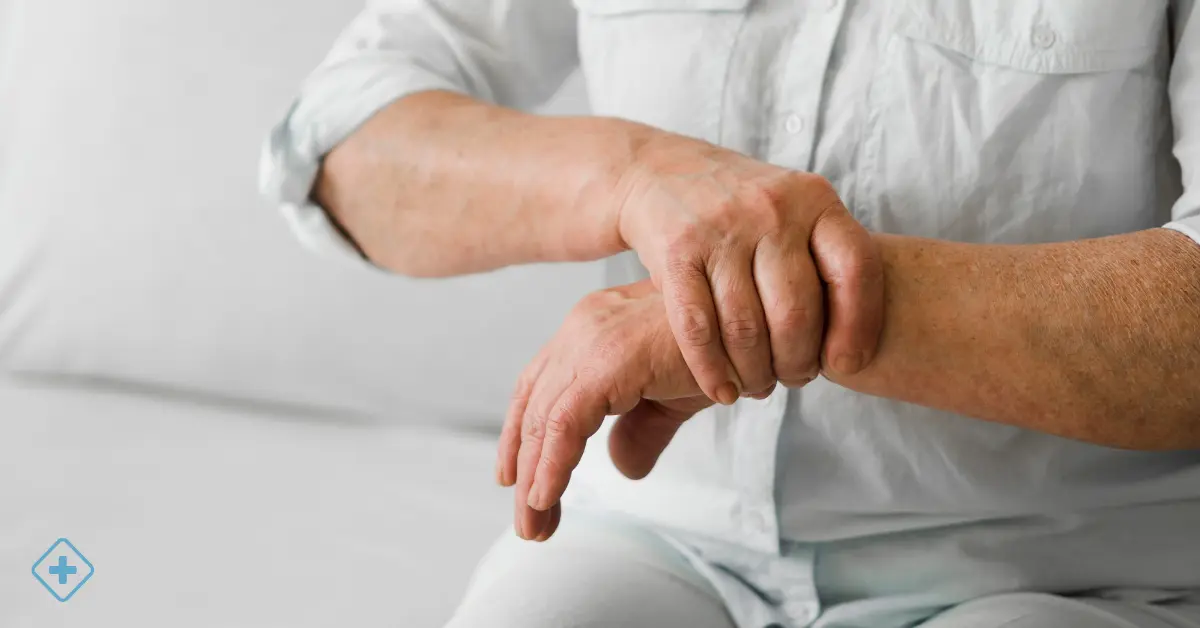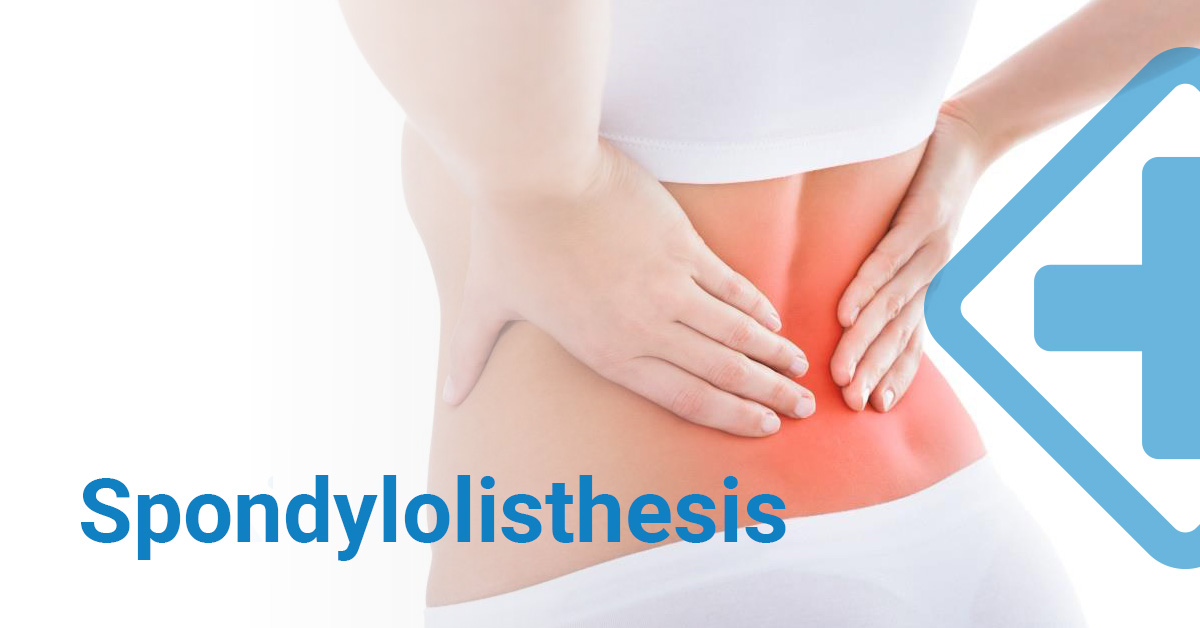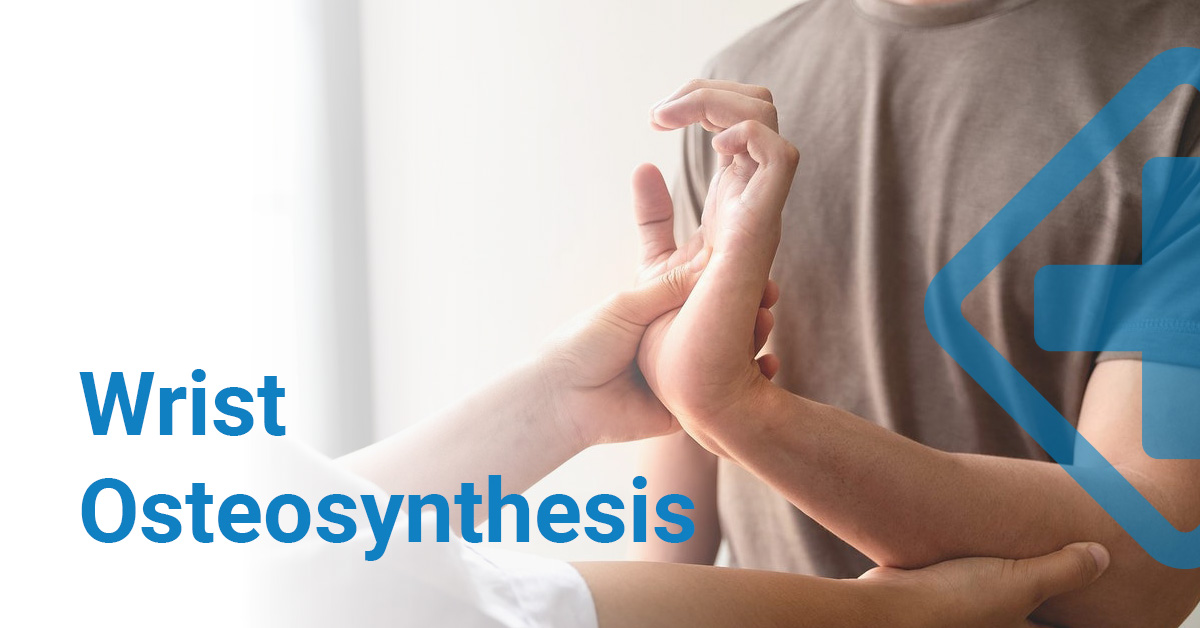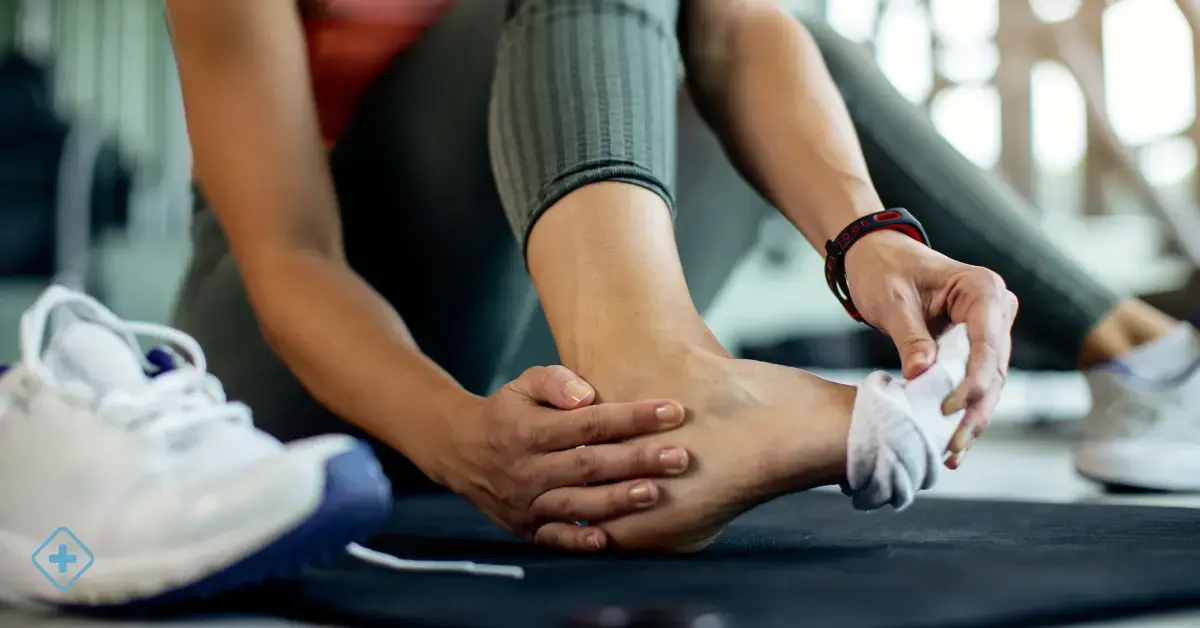
Osgood-Schlatter
Causes, Symtoms, Diagnosis and Treatment.
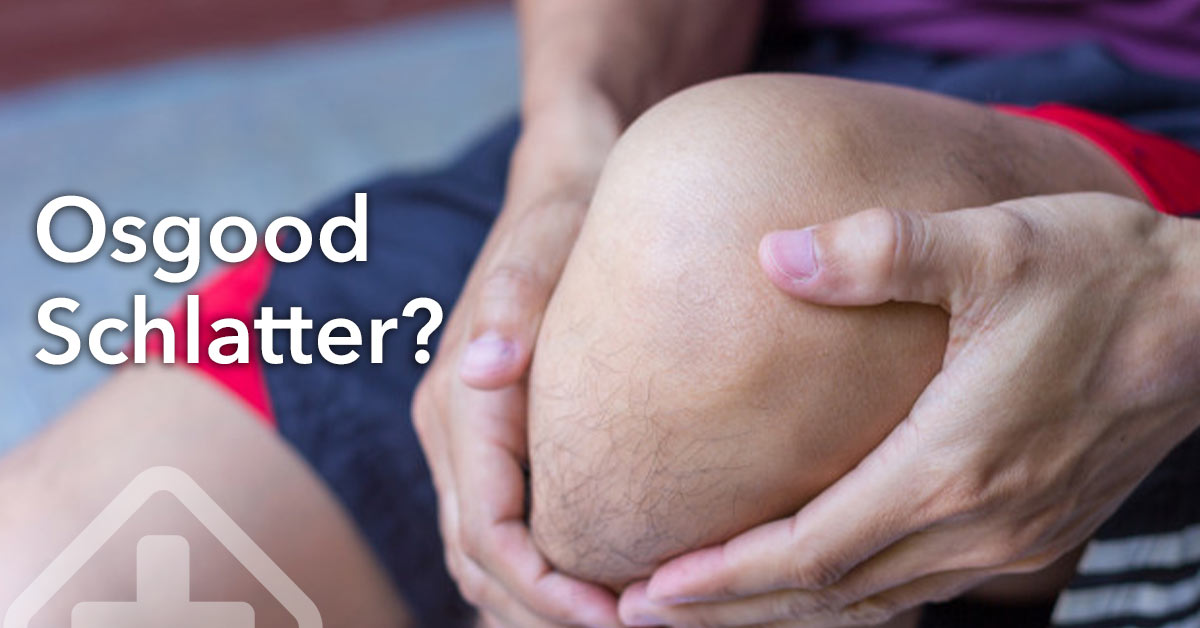
Whether your child is a serious elite athlete or an active youth who is passionate about sports, he or she can be at risk for an Overuse Injury.
Overuse injuries are one of the most common causes of injuries in pediatric and adolescent athletes. Up to half of all injuries seen in pediatric sports medicine are related to excessive practice.
Overuse injuries happen when you overtax your muscles and bones repeatedly and over time, resulting in micro-trauma to the tendons, bones, and joints.
An example of overuse injury is Osgood-Schlatter disease. It can cause a painful, bony bump on the shin bone just below the knee. It's more common to occur in children and adolescents experiencing growth spurts during puberty.
Serious issue
The kinds of injuries are a severe issue for your kid because his or her bones are still growing.
Overuse Injuries usually happen for one of two reasons:
-
Overtraining the physical activity level too fast
-
Due to improper mechanical techniques
Whatever the cause, an overuse injury could end up sidelining the young athlete.
Causes
Osgood-Schlatter disease occurs in children who participate in sports that involve running, jumping, such as soccer, basketball, football, or ballet.
Osgood-Schlatter disease usually happens in boys ages 12 to 14 and girls ages 10 to 13. Girls enter puberty earlier than do boys, and the condition resolves typically on its own once the kid's bones stop growing.
Overuse Injuries are more complex and usually not apparent at first.
If your tiny athlete's list is saturated with sports activity, your kid is more likely to develop Overuse Injuries. Practice sports frequently need proper rest.
Overuse Injuries include tendonitis, stress fractures, jumper's knee, Osgood-Schlatter disease, and tennis player elbow.
Symptoms
-
Swelling in the knee area
-
Pain in the knee
Risk factor's
-
Age, generally occurs between 10 to 14 years Flexibility
-
Sports
-
Gender, it is more frequent in boys
Diagnosis of Osgood-Schlatter
The Traumatologist will perform a physical exam, examine the knee, and ask questions about your symptoms, lifestyle, and medical history. The Traumatologist may perform some X-rays.
Treatment of Osgood-Schlatter
In most cases, Osgood-Schlatter disease goes away without having to undergo treatment.
The Traumatologist can prescribe treatments such as:
-
Over-the-counter medications (pain relievers)
-
Physiotherapy, perform exercises that help strengthen and stabilize the knee joint
The Traumatologist may suggest surgery if the pain persists after the estimated period of growth; the Traumatologist would remove the bone outgrowth.
Living with Osgood-Schlatter
When you have already been diagnosed with Osgood-Schlatter, follow the treatment provided by your Traumatologist.
Some things to consider that could help improve the quality of life are:
-
Rest the joint
-
Apply ice to the affected area
-
Stretch leg muscles
-
Wear protective knee gear when doing sports
Use a patellar tendon strap; it can help you hold the patellar tendon and distribute a little of it involving jumping or running until symptoms disappear
Prevention
You can help your kids avoid an Overuse Injury by making sure that your child learns the right technique for the sport and proper form from a qualified coach.
Help your child build skills and strength. Do activities together: throw the ball, do stretches, or walk.
It's also important to teach your child to take pain and tiredness precariously. Always a new activity often produces sore muscles, pain could be a sign of injury.
The American Academy of Pediatrics (AAP) recommends picking only one sport to no more than five days a week.
The AAP also suggests that tiny athletes have at least two to three months off each year from their sport.
¿When to go to a doctor?
Make your appointment with the Traumatologist in case of presenting any of the mentioned symptoms or in case of detecting another abnormal sign.
The Traumatologist is in charge of treating an Osgood-Schlatter disease; he will be in charge of making a diagnosis to identify the cause of the symptoms and identify the severity of the disease.
At the time of consulting the Traumatologist, try to keep a record of your pain with a detailed description of the symptoms, duration, and what you think triggered them. Also, mention any medications you are taking.
Health Library
Orthopedics and Traumatology

Osteoarthritis
Osteoarthritis is a disease that affects the joints in the body.
Kyphosis or Scheuermann’s disease
Causes, Symptoms, Diagnosis and Treatment. Schedule your appointment at BlueNetHospitals
Wrist Ostheosynthesis
Surgery performed to help relieve pain and improve mobility and function in severely damaged wrist joints. Schedule your Appointment Today.
Calcaneal spur
The heel spur is a bone growth created in the healthy bone (the bone that forms the heel of the foot).
- Do You Need an Appointment with a Specialist?
- call us
- write us
- let's talk
